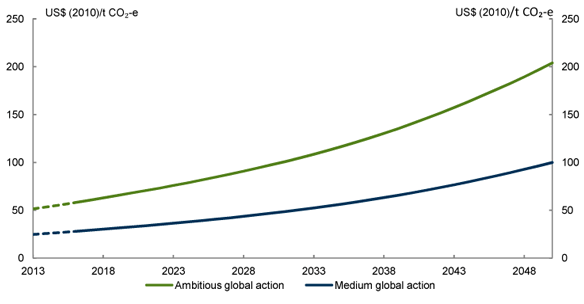
When a credit is used for this purpose, it becomes an offset. Voluntary carbon markets allow carbon emitters to offset their unavoidable emissions by purchasing carbon credits emitted by projects targeted at removing or reducing GHG from the atmosphere.Įach credit – which corresponds to one metric ton of reduced, avoided or removed CO2 or equivalent GHG – can be used by a company or an individual to compensate for the emission of one ton of CO2 or equivalent gases. These form an important part of the effort to meet the Paris Agreement target of limiting global heating to 2 degrees Celsius above pre-industrial levels (with a more ambitious ideal of remaining within a 1.5 C increase), even though some of these markets predate the Paris commitments.īut other sectors have taken a cue from compliance schemes and pledged to offset their greenhouse gas emissions (GHG) by participating in carbon markets voluntarily. Many political entities like the EU, the UK or the state of California already have mandatory carbon markets covering specific industry sectors and gases. But as the year unfolded, many other sectors of the economy joined the market following their pledges to reduce carbon footprints.

2021 will probably be remembered as the year when carbon finance emerged as a talking point among a wide range of industries.Īmong the 2021 new entrants in voluntary carbon markets, oil and gas majors, hedge funds and banks were heard as the most active players, resolutely taking positions in the market.


 0 kommentar(er)
0 kommentar(er)
